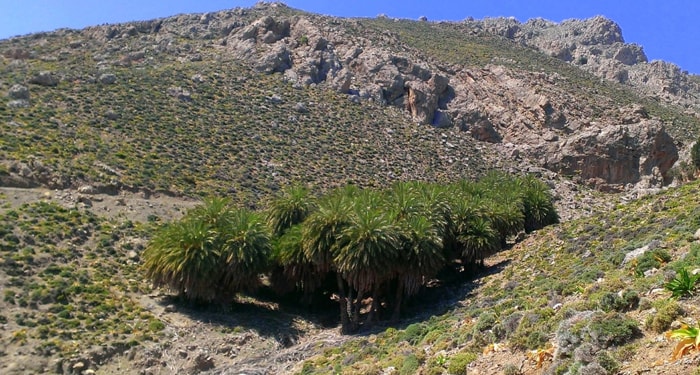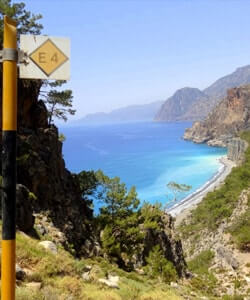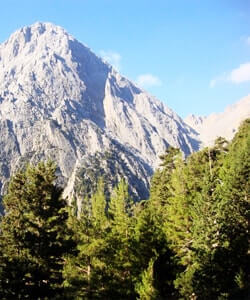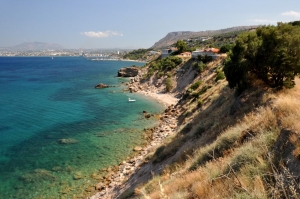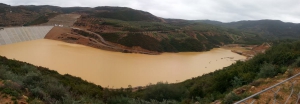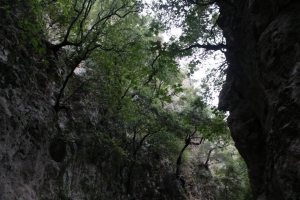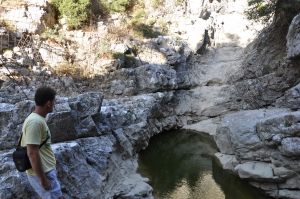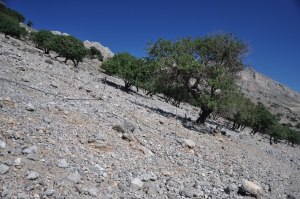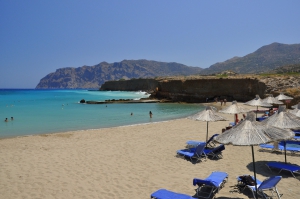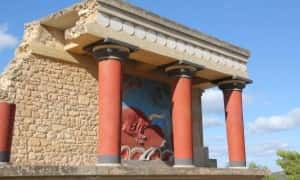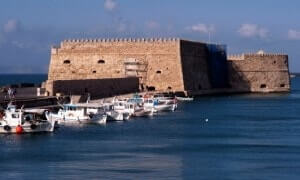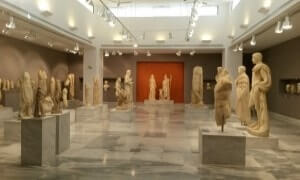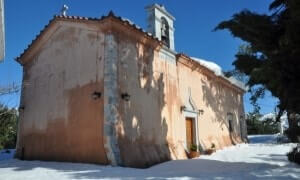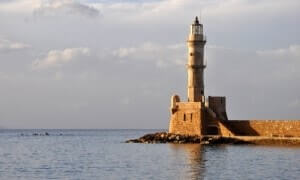The lake is natural but has undergone additional deepening. The area in spring and autumn attracts many birds, and especially in spring it is worth a short visit. Around the lake, a small recreation place has been constructed.
The islet Scoglio de Muflo of the Venetians, which is the island opposite of Mochlos, seems to have been a very important commercial center and port in antiquity till the Byzantine Era. The island, also called Psilos (i.e. Flea) (opposed to a larger island to the west called Psira, i.e. lice) is an archaeological site that still gets excavated.
Helidoni or Porto Helidoni beach starts immediately after the south side Paliokastro and is under new highway. A staircase with wooden steps leads down to the sea level. What is striking is the cleanliness of the beach and water clarity reminiscent of the best beaches of southern Crete. The beach has easterly direction and, therefore, it almost always calm, like all beaches from Ellinoperamata to Theseus. It is a tiny beach with fine pebbles and sand in some places.
The dam of Valsamiotis is located near the village Vatolakos at Kissamos Province and has water capacity of 6 million cubic meters. It was inaugurated in 2014 and since then it has turned to one of the most important wetlands in West Crete.
The canyon of Chosti is formed by the small settlement of Hosti in Chania, amid one of the most beautiful and lush green places of Crete. Away from the known tourist routes, it remains completely unknown and yet untouched. You will not find in any tourist guide referring to it, though it is a jewel of western Crete and is one of the most beautiful small canyons small, which can be easily crossed without any canyoning equipment.
Kissano Gorge is located 1km north of Kissos village, in Amari valley, and 34km southeast of Rethymnon, connecting the village το the small plateau of Gious Kambos. It is a short, but beautiful gorge, crossed by the rural road of the area.
The carob wood of Tris Ekklisies is located 64km south of Heraklion, next to the village of Tris Ekklisies. The area, one of the most secluded in Europe, is very difficult to reach, as a very rough dirt road 10km long starts from the village Paranymi, runs across the wild Asterousia Mountains and ends at the beach level.
Approximately 300m to the east, you'll find several small bays with round pebbles, which are secluded. Kolimbakia or Loutres coves, as they are called by locals, are ideal for snorkeling and fishing, as the rocky bottom is home to plenty of fish. After the coves you will meet the beach in front of a local hotel, Stomio beach, which is well organized with umbrellas, showers, beach-volley court, canoes, sailing, windsurfing and diving facilities.





